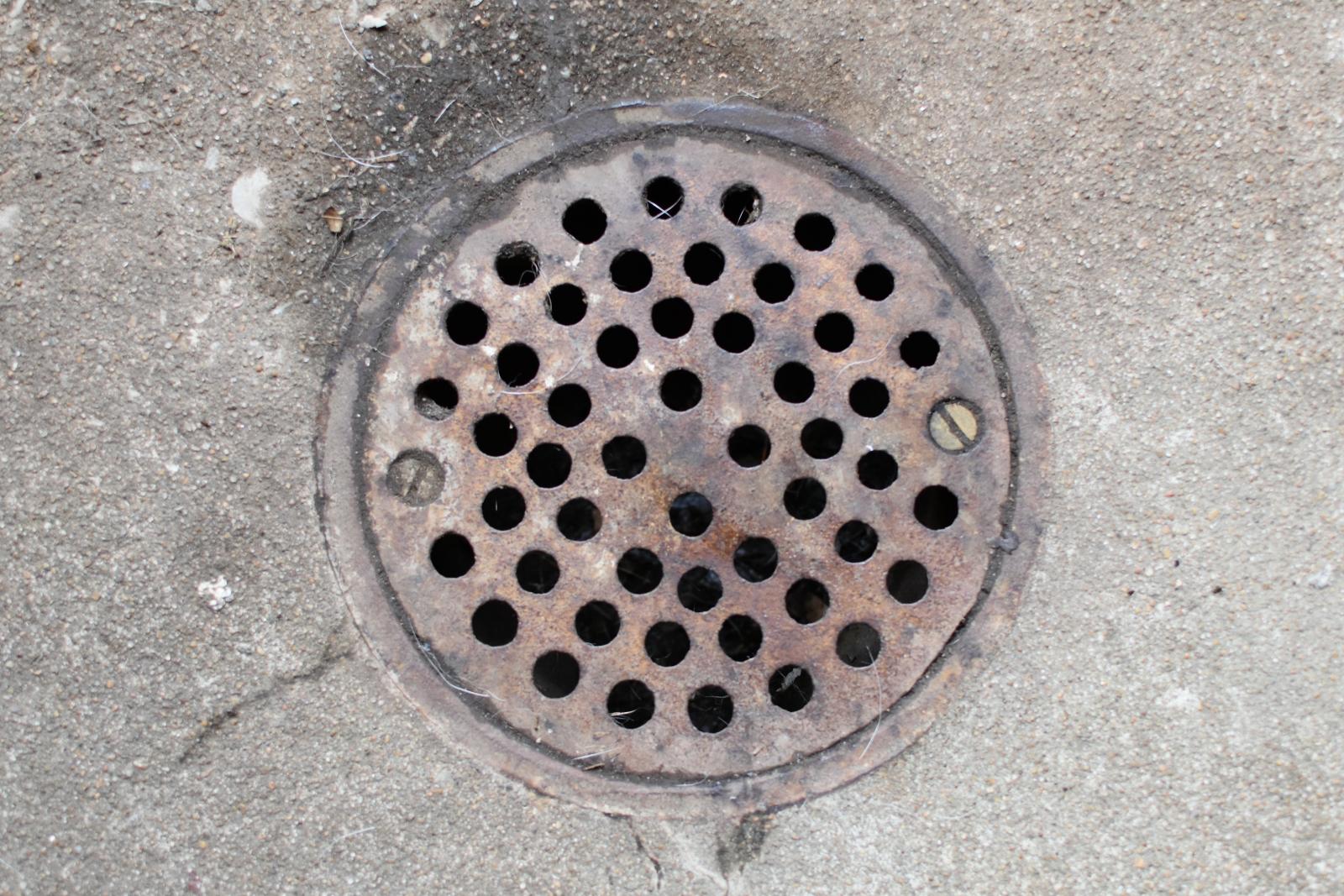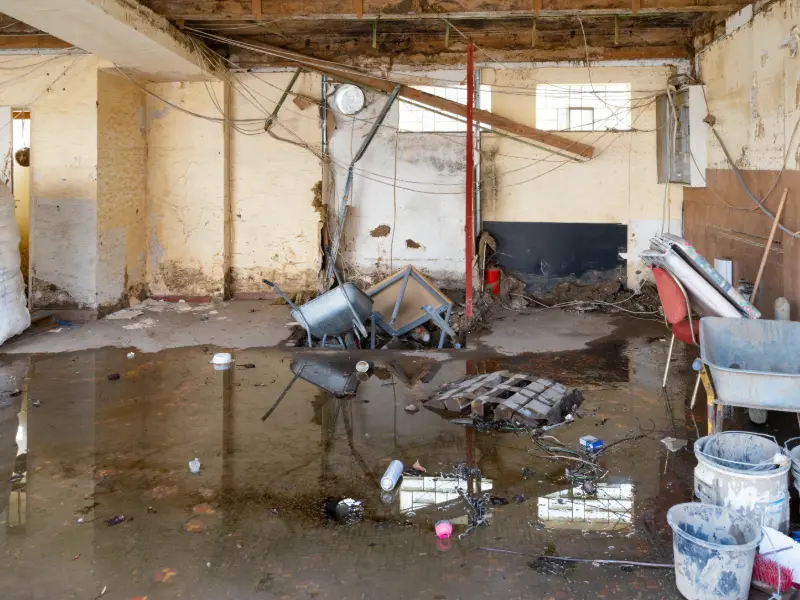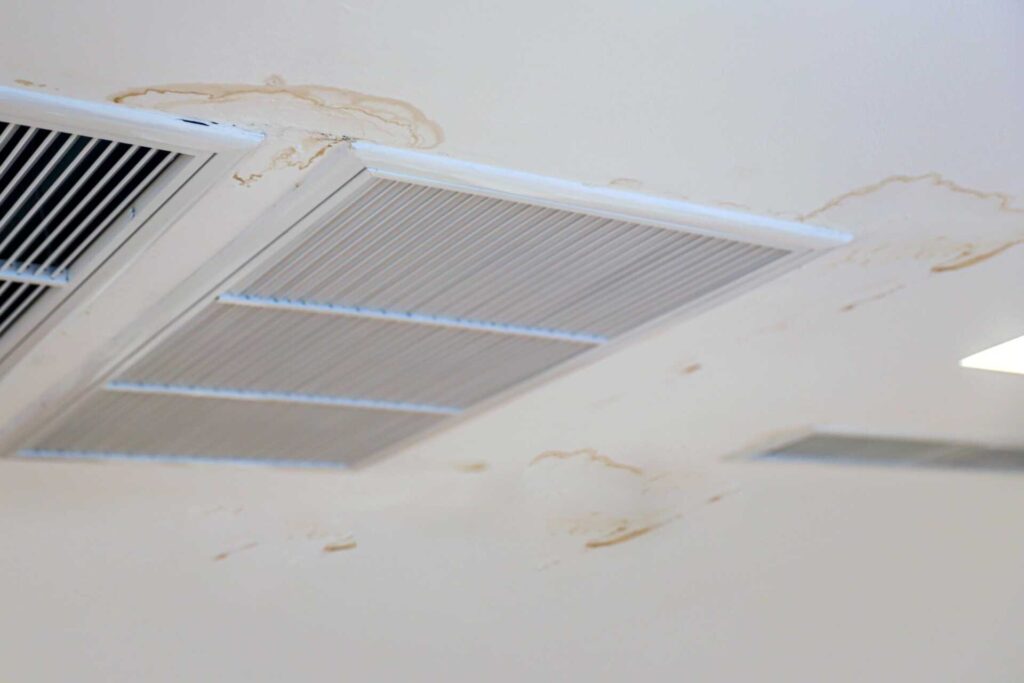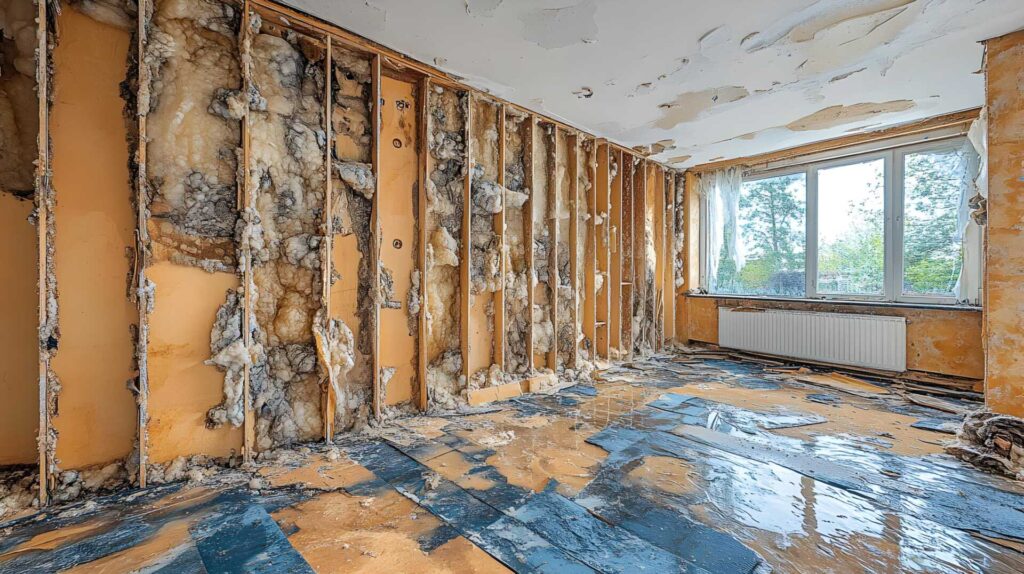Contents
Have you ever wondered if there are effective drainage methods that can truly eliminate the risk of basement floods? With various techniques like proper grading, exterior drainage solutions, sump pump installations, French drain systems, and gutter maintenance, the possibilities seem promising. But how do these methods work in unison to provide comprehensive protection against water intrusion? Stay tuned to uncover the secrets behind these drainage methods and how they can safeguard your basement from potential flood risks.
Key Takeaways
- Proper grading directs water away from the foundation.
- Exterior drainage systems prevent water seepage into the basement.
- Sump pump installation mitigates flood risks effectively.
- French drains divert excess water, reducing flood risks.
- Regular gutter maintenance prevents water overflow and potential flooding.
Importance of Proper Grading
To prevent basement flooding, ensure that the ground around your home slopes away from the foundation at a minimum grade of 1 inch per foot. Proper grading is essential for directing water away from the foundation, ensuring that water flows naturally and efficiently.
Landscaping solutions play a pivotal role in maintaining this grade over time, preventing erosion or settling that could lead to water pooling near the foundation.
Regular drainage maintenance is crucial to keep water flowing away from the foundation. Inspect gutters and downspouts to ensure they’re clear of debris and direct water at least 6 feet away from the home. Establishing proper drainage paths using features like swales or French drains can further enhance water flow management, protecting the foundation from excess moisture.
Foundation protection is directly linked to how effectively water is managed around your home. By maintaining the proper grade and ensuring water flows away from the foundation, you reduce the risk of water seepage into the basement.
Monitoring the landscaping around your home and addressing any grading issues promptly are key strategies in safeguarding your foundation from potential water damage.
Exterior Drainage Solutions
Regularly inspecting and maintaining your exterior drainage system is crucial in preventing basement flooding. Effective yard drainage plays a vital role in safeguarding your home’s foundation from water damage and soil erosion. To enhance your exterior drainage system, consider the following landscaping tips.
Start by ensuring that your gutters and downspouts are clear of debris and are directing water away from the foundation. Clogged gutters can lead to overflow, causing water to pool near the basement walls. Additionally, extend your downspouts at least 5 feet away from the house to prevent water from seeping into the foundation.
Another essential aspect of exterior drainage is grading. Proper grading involves sloping the soil away from the foundation to direct water flow away from your basement. This helps prevent water from pooling around the base of your home, reducing the risk of basement flooding.
For more advanced foundation protection, consider installing French drains or dry wells in areas prone to water buildup. These drainage solutions can effectively redirect water away from your home, mitigating the risk of soil erosion and basement flooding.
Sump Pump Installation
You’ll learn about the benefits of a sump pump and the detailed installation process. Understanding these aspects is crucial in effectively safeguarding your basement against potential flooding.
Let’s delve into the technicalities of sump pump installation to ensure a secure and water-free basement environment.
Sump Pump Benefits
Installing a sump pump in your basement offers an effective solution for mitigating flood risks and safeguarding your property from water damage. One of the key benefits of a sump pump is its ability to operate even during power outages, thanks to backup power options like battery backups or generators. This ensures that your basement remains protected even when the electricity is down.
Regular maintenance is crucial to maximize the efficiency and longevity of your sump pump. Simple maintenance tips include regularly testing the pump, cleaning the inlet screen to prevent clogs, ensuring the float switch moves freely, and checking the discharge line for blockages.
Installation Process
To ensure the effective functioning of your sump pump and minimize flood risks in your basement, the installation process must be executed with precision and attention to detail. When considering sump pump installation, it’s crucial to prioritize proper drainage maintenance. Before beginning the installation, assess the existing drainage system to ensure optimal performance.
Start by locating the lowest point in your basement to place the sump pump effectively. Dig a pit at this location, ensuring it’s deep enough to accommodate the pump and allow for proper water collection.
For a DIY installation, carefully follow the manufacturer’s instructions to assemble the sump pump components correctly. Ensure all connections are secure and the pump is level to prevent operational issues. Test the pump after installation to verify functionality. Additionally, consider adding a battery backup system to ensure continued operation during power outages.
French Drain Systems
Implementing a French drain system can effectively mitigate basement flood risks by diverting excess water away from the foundation of your home. French drains offer various benefits, including preventing water buildup around your basement, reducing hydrostatic pressure, and safeguarding your foundation from potential damage.
The installation process involves digging a trench around the perimeter of your basement, lining it with gravel and a perforated pipe, and covering it with more gravel or soil.
To ensure the longevity and efficiency of your French drain system, regular maintenance is essential. Inspect the drain for any clogs, debris accumulation, or damage to the pipe. Clear out any obstructions promptly to prevent water backup.
Additionally, consider implementing cost-saving strategies such as installing a filter fabric to reduce sediment buildup and prolong the life of your French drain system.
Gutter Maintenance Tips
Regularly inspecting and maintaining your gutters is imperative to prevent water damage and protect your home’s foundation from potential flooding risks. Proper gutter maintenance can help ensure that rainwater is diverted away from your home efficiently.
Here are some essential tips to keep your gutters in optimal condition:
Gutter Cleaning: Regularly clean out debris such as leaves, twigs, and dirt that can accumulate in your gutters. Clogged gutters can lead to water overflow, causing damage to your roof and potential flooding in your basement.
Downspout Extensions: Install downspout extensions to direct water at least 5-10 feet away from your home’s foundation. This helps prevent water from pooling around the base of your house, which could lead to foundation issues and basement flooding.
Landscaping and Foundation Repair: Ensure that the landscaping around your home slopes away from the foundation to help divert water. Additionally, inspect your foundation regularly for any cracks or damage that could allow water seepage into your basement. Promptly repair any foundation issues to prevent water from entering your home.
Waterproofing Basement Walls
Ensure proper waterproofing of your basement walls to safeguard against potential water infiltration and moisture damage. Waterproofing your basement walls is crucial for maintaining a dry and healthy environment within your home. You can avoid issues such as foundation repair and mold growth by preventing water from seeping through the walls.
To effectively waterproof your basement walls, start by inspecting them for any existing cracks or gaps. These should be repaired using appropriate sealants to create a watertight barrier. Additionally, consider applying a waterproofing membrane or coating to the exterior walls to provide an extra layer of protection against water intrusion.
When selecting a waterproofing product, opt for ones specifically designed for foundation walls to ensure durability and effectiveness. These products are formulated to withstand the pressure of soil and water against the walls, reducing the risk of leaks and moisture seepage.
Incorporating proper drainage systems around your home can also complement your waterproofing efforts. By directing water away from the foundation, you can further prevent water-related issues and enhance the longevity of your basement walls.
Interior Drainage Systems
Let’s explore the key components of interior drainage systems to help mitigate basement flood risks.
Installing a sump pump can efficiently remove water buildup.
Considering various French drain options can enhance water diversion capabilities.
Additionally, incorporating basement waterproofing techniques can further safeguard your basement against potential water damage.
Sump Pump Installation
Installing a sump pump as part of an interior drainage system is crucial for effectively managing basement flood risks. Here are three key considerations for sump pump installation:
Proper Placement:
Ensure the sump pump is installed in the lowest part of the basement or where water tends to accumulate. This strategic placement optimizes water removal efficiency.Pump Maintenance:
Regular maintenance is essential to keep the sump pump in optimal working condition. This includes checking the pump for debris, testing the float switch, and verifying that the backup battery (if applicable) is functional.Backup Systems:
To safeguard against power outages or pump failures, consider installing a backup system such as a secondary pump powered by a battery or water pressure. Having a backup system in place provides an additional layer of protection during emergencies.
French Drain Options
Consider exploring French drain options as an effective component of interior drainage systems to mitigate basement flood risks. French drains are trench-like systems filled with gravel or rock and a perforated pipe that directs water away from the foundation of your home.
The installation of a French drain can significantly reduce the risk of basement flooding by efficiently managing excess water.
When considering drainage installation for basement flooding prevention, French drains offer a reliable solution. These drains work by collecting water that seeps into the ground near your foundation and diverting it away, preventing it from accumulating around your basement walls.
Properly installed French drains can effectively manage water flow and minimize the chances of water seepage into your basement.
For effective basement flooding prevention, incorporating French drains into your interior drainage system is a wise choice. By directing water away from your foundation, French drains play a crucial role in keeping your basement dry and reducing the risk of flooding.
Make sure to consult with professionals for the proper installation of French drains to maximize their effectiveness in protecting your basement.
Basement Waterproofing Techniques
One effective method for basement waterproofing involves implementing interior drainage systems. These systems are designed to manage water that seeps into the basement, directing it away from the foundation to prevent flooding and moisture-related issues.
Here are three key aspects to consider when utilizing interior drainage systems for basement waterproofing:
Sump Pump Installation: A sump pump is a crucial component of an interior drainage system. It collects water that accumulates in a sump pit and then pumps it away from the foundation, keeping the basement dry.
Drainage Maintenance: Regular drainage system maintenance is essential to ensure its effectiveness. Clearing out debris, checking for clogs, and testing the sump pump are vital tasks to prevent potential water backup.
Foundation Protection: By effectively managing water through interior drainage systems, you safeguard your basement and your home’s foundation from water damage, reducing the risk of structural issues over time. Properly functioning drainage systems prolong the life of your foundation.
Wrap-Up
Implementing proper grading, exterior drainage solutions, sump pump installation, French drain systems, and regular gutter maintenance is like building a fortress around your basement, protecting it from the relentless siege of water infiltration.
By utilizing these drainage methods, you can fortify your basement against flood risks and ensure its stability and longevity for years.
Stay proactive and vigilant in maintaining these defenses to safeguard your home from potential water damage.




